There are two types of gating systems, stepped gating system and bottom gating system.
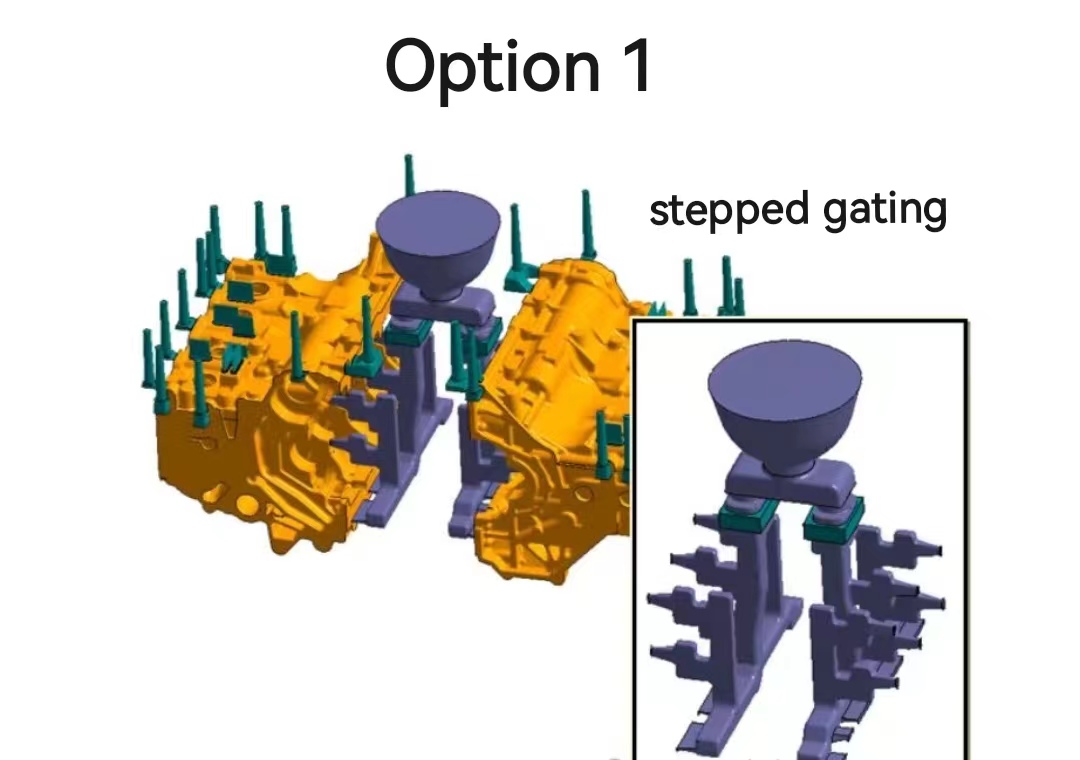
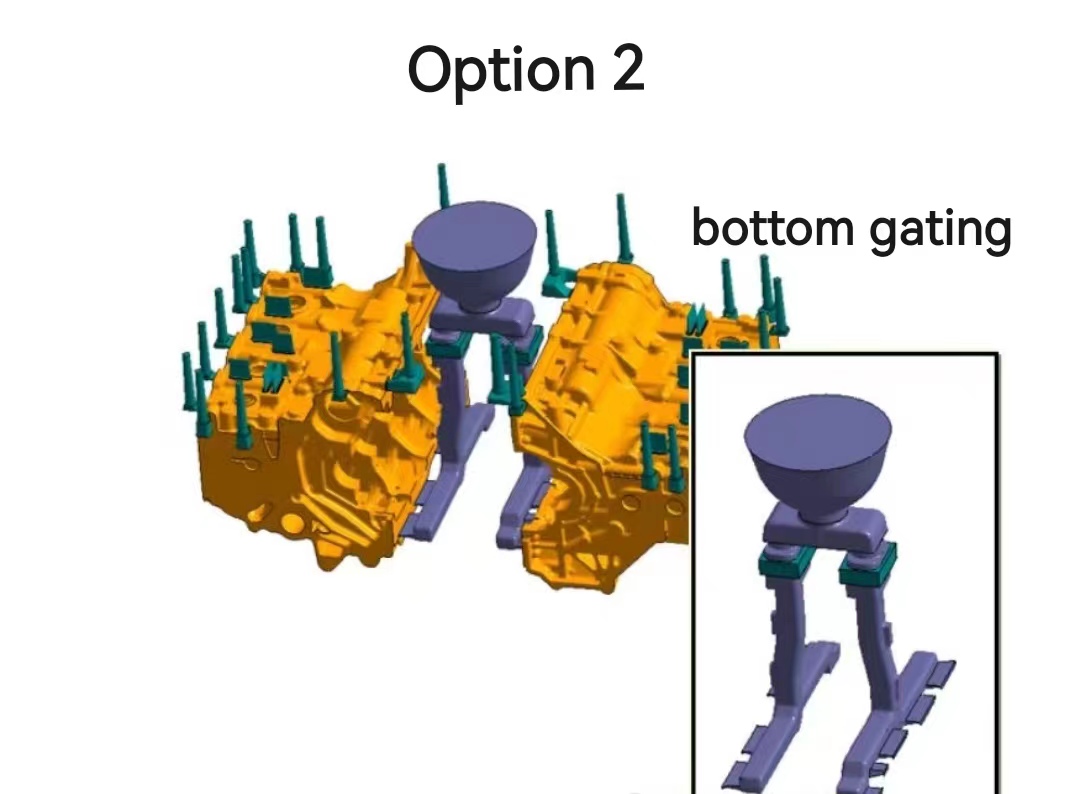
Stepped Gating System
A multi-layer in-runner system is set up at different heights of the casting, which is called a stepped gating system. A correctly structured stepped pouring system has the following advantages: Liquid alloy injection into the mold cavity must be carried out in a layered and sequential manner from bottom to top. The inner runner is dispersed in layers. As the liquid level in the mold rises, it flows through the sprue in each layer sequentially from bottom to top. Therefore, the filling is smooth and the gas in the cavity is discharged smoothly. After mold filling, the temperature of the upper molten metal is higher than that of the lower part, which is conducive to sequential solidification and riser feeding, and the casting structure is dense. It is easy to avoid casting defects such as shrinkage cavities, shrinkage porosity, cold shut and insufficient pouring. The use of multiple gates can reduce local overheating near the gates. The main disadvantages are: the shape is complex, sometimes requiring several horizontal parting surfaces, requiring correct calculation and structural design. Otherwise, it is easy to cause "random pouring" of the upper and lower sprues entering the molten metal at the same time, or the bottom layer entering the molten metal. Too much will result in an undesirable temperature distribution with high lower temperature. The stepped pouring system is suitable for medium and large castings with high height.
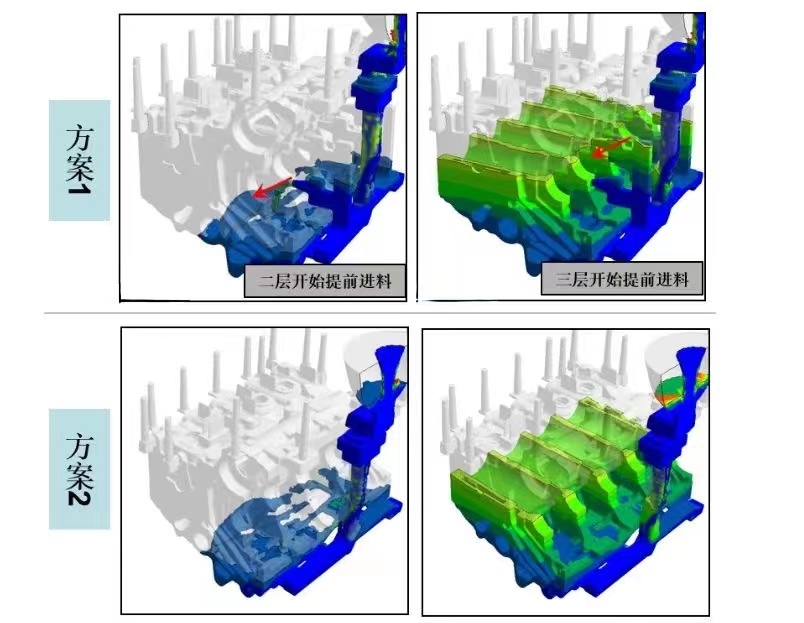
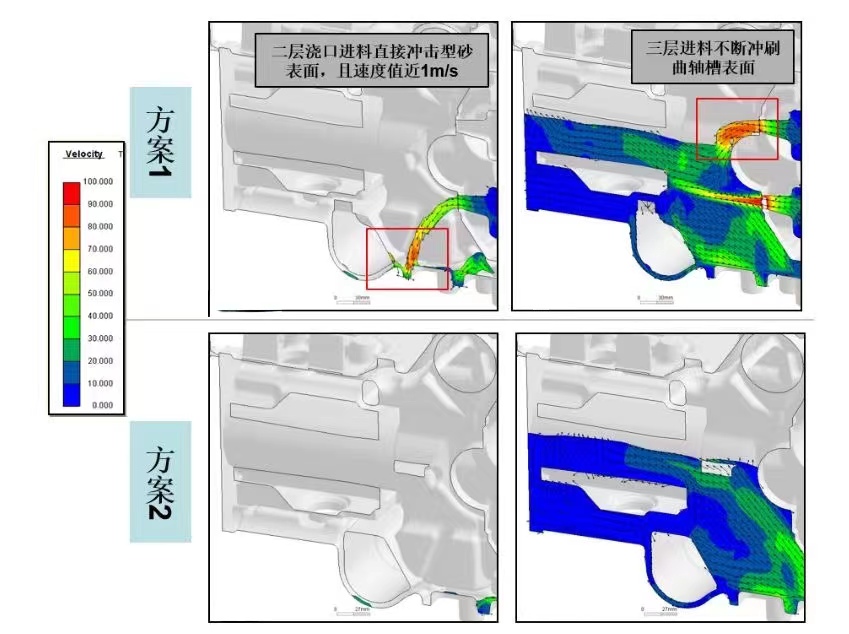
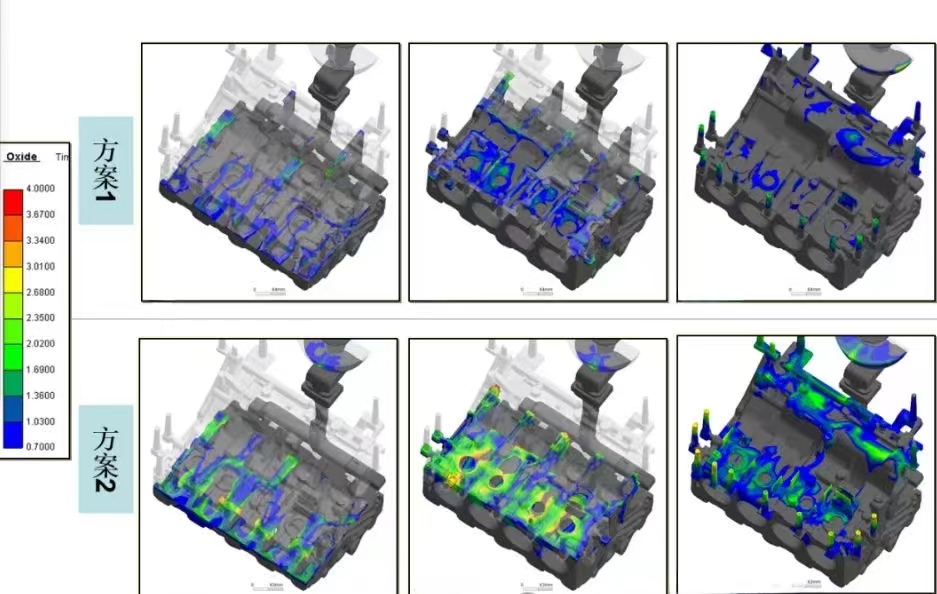
Bottom gating system
The ingate located at the bottom of the casting is called a bottom gating system. The main advantages: The gate basically works in a submerged state, and the mold filling is smooth; The metal oxidation is small, and the impact on the sand mold and the core is small, which can avoid splashing, oxidation of the molten metal and the resulting casting defects; No matter how large the gate ratio is, the lateral runner basically works in a full state, which is conducive to slag resistance; the gas in the cavity is easily discharged sequentially. The disadvantages: The hottest liquid alloy is injected from below, which is contrary to the bottom-up solidification sequence of the alloy. The temperature distribution of the metal after filling is not conducive to sequential solidification and riser feeding; The consumption of molten metal is high, and the molding is also more troublesome. ; It is easy to overheat near the ingate, leading to defects such as shrinkage cavities, shrinkage porosity, and coarse crystals; The metal liquid level is easy to crust when rising, making it difficult to ensure that tall thin-walled castings are filled, and it is easy to cause defects such as insufficient pouring and cold insulation.

